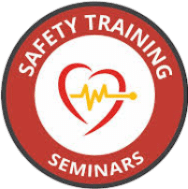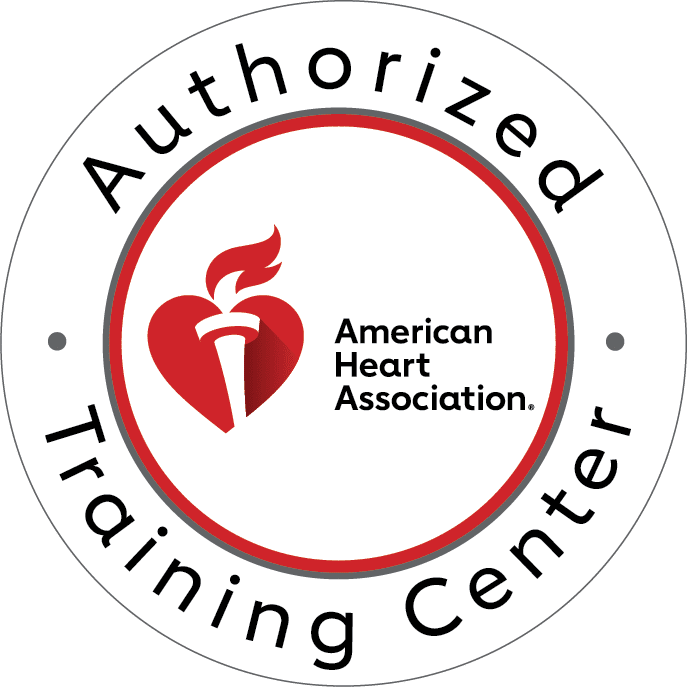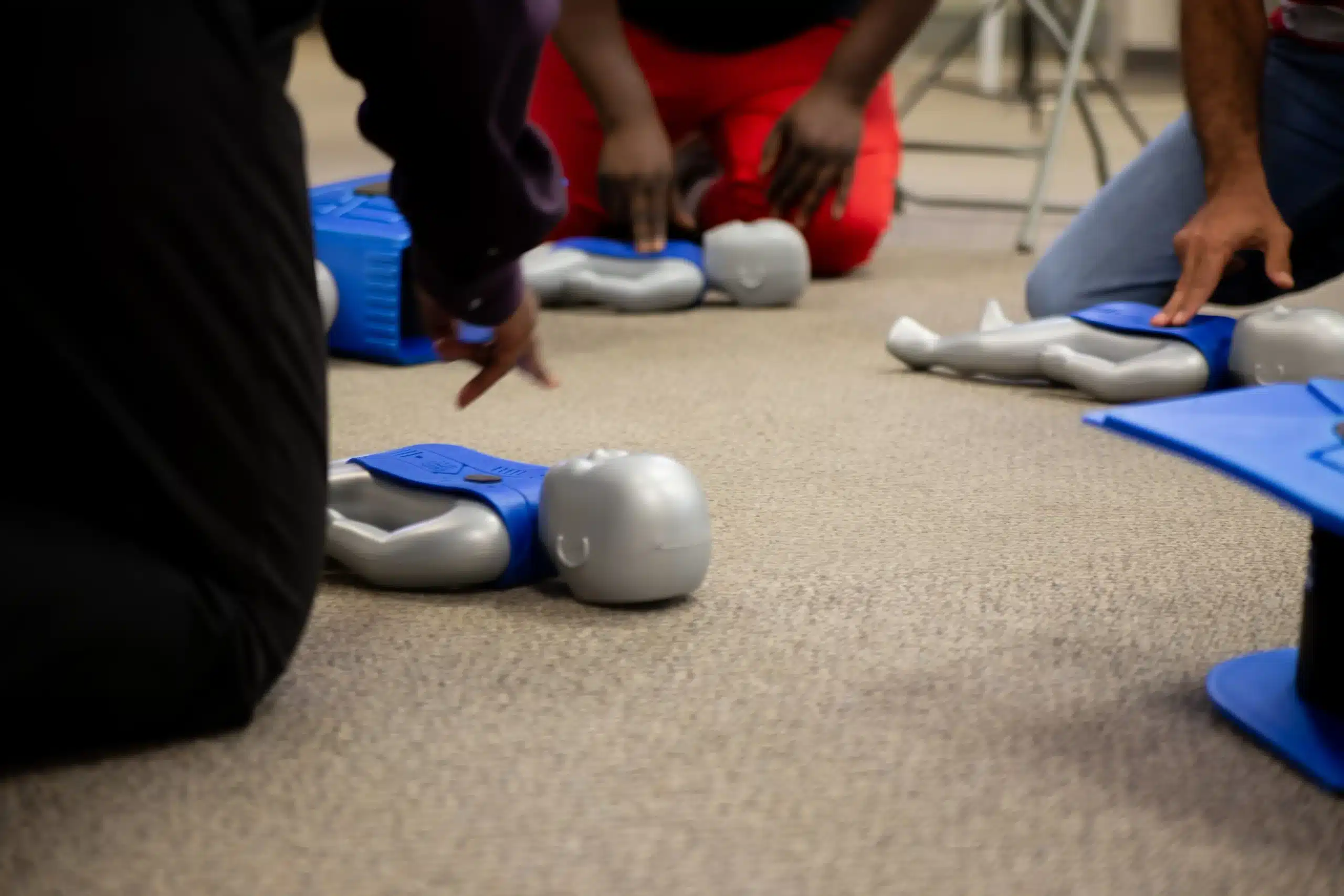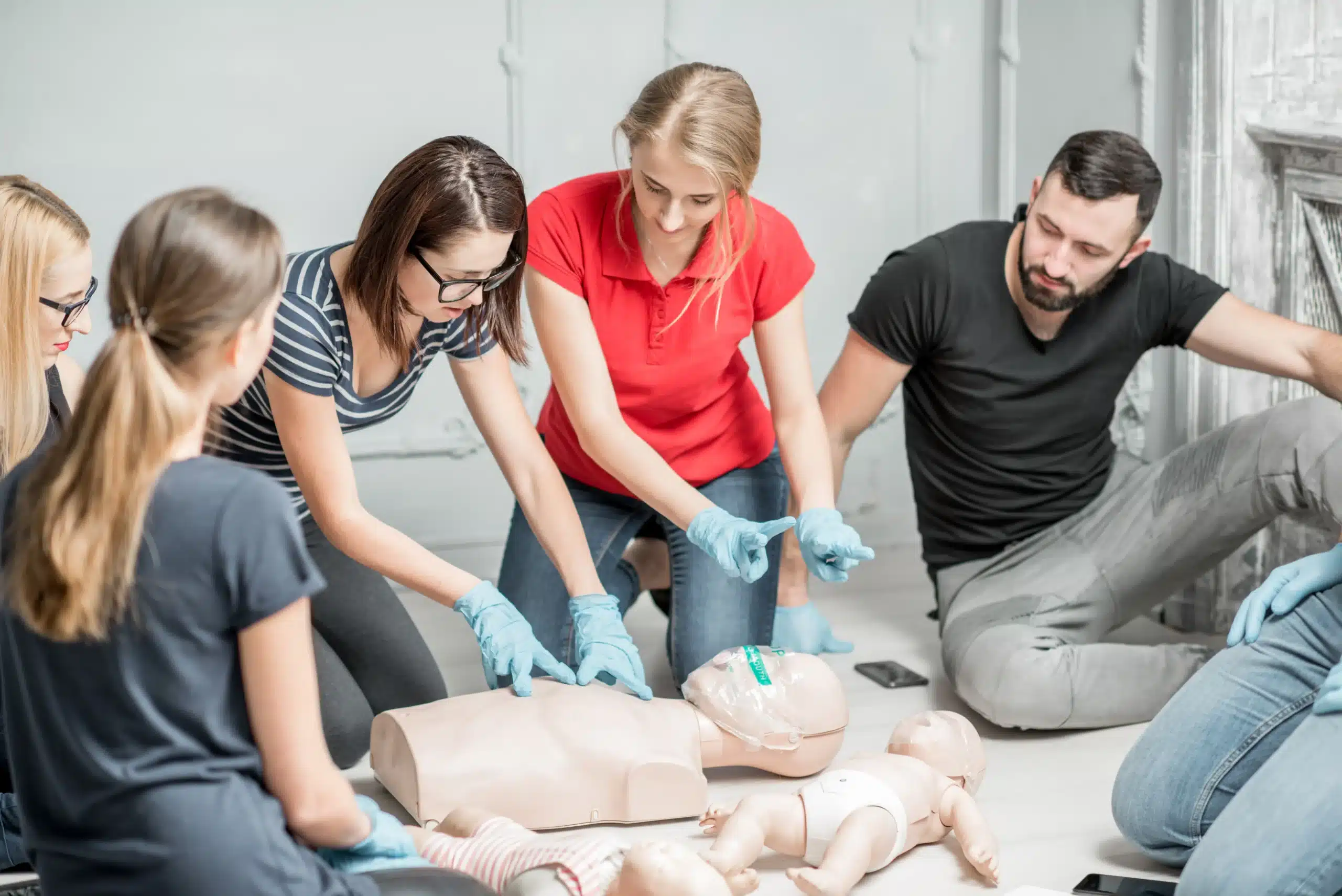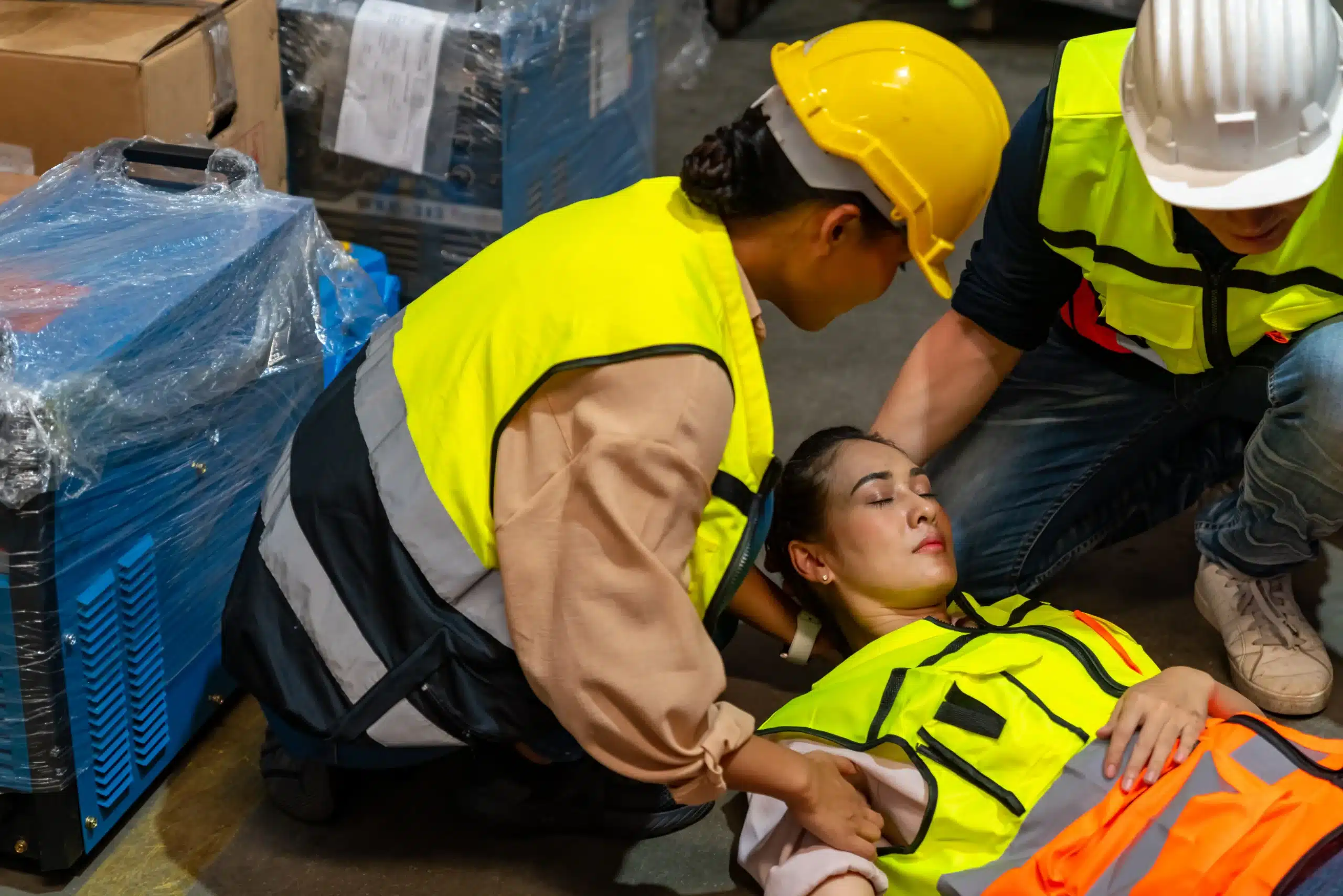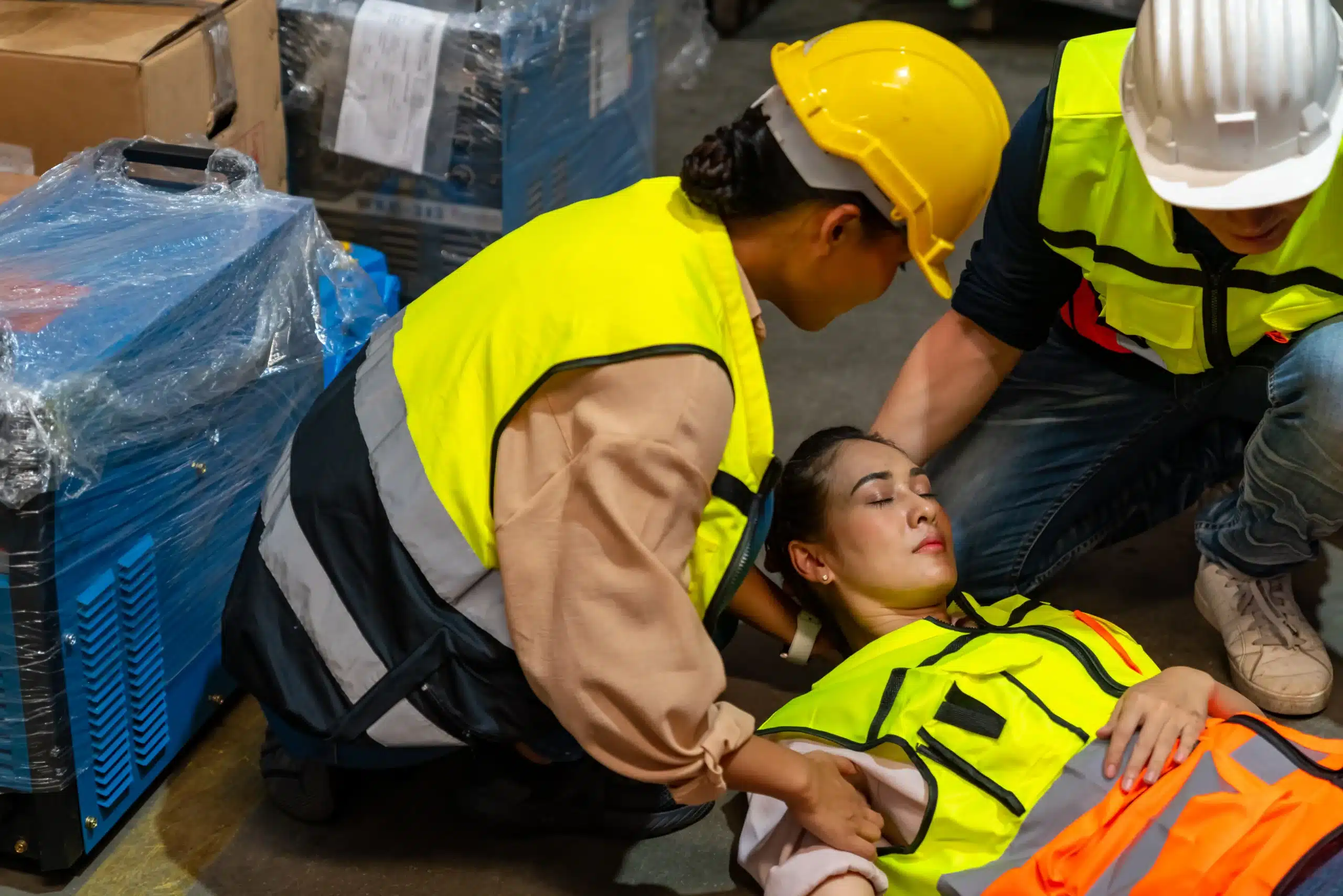Introduction – CPR & First-Aid Training
Workplace CPR and first-aid training are pivotal. They equip employees with essential skills. These skills can save lives during emergencies. Employees gain confidence. They handle crises better. Businesses benefit too. They ensure safety and compliance. In this blog, we explore the significance of such training. You’ll learn why it’s crucial for every workplace.
Understanding CPR and First-Aid
What is CPR?
Cardiopulmonary Resuscitation (CPR) is vital. It keeps blood flowing. It supplies oxygen to the brain. In cardiac arrest, CPR is life-saving. It involves chest compressions and rescue breaths. Anyone can perform CPR with training. Immediate CPR can double survival chances.
What is First-Aid?
First-aid provides initial care. It stabilizes a patient until further help arrives. First-aid covers various emergencies. This includes cuts, fractures, and burns. Prompt first-aid reduces recovery time. It prevents conditions from worsening. Knowledge of first-aid is empowering.
The Importance of Training
Immediate Response Saves Lives
Quick action during emergencies is crucial. First responders make a difference. CPR and first-aid training teach quick thinking. Employees learn to assess situations. They act without hesitation. This rapid response can save lives.
Building Confidence in Employees
Trained employees are confident. They face emergencies with composure. Training reduces panic. It increases trust among colleagues. A skilled workforce means a safer workplace.
Legal and Ethical Compliance
Workplaces have legal and ethical responsibilities. Safety regulations demand training. Non-compliance can lead to fines. Trained staff fulfill these obligations. They ensure a secure environment. Training also boosts company reputation.
Practical Applications
Common Workplace Emergencies
Emergencies can happen anywhere. Workplaces are no exception. Common incidents include falls, burns, and choking. Prepared employees handle these situations. They provide aid promptly.
CPR in Real-Life Scenarios
Imagine a colleague collapses. Immediate CPR can be life-saving. A trained employee acts without delay. They perform compressions correctly. This buys time until professional help arrives.
First-Aid for Minor Injuries
Minor injuries are frequent. Cuts, sprains, and bruises are common. Proper first-aid prevents complications. Trained employees use appropriate techniques. They ensure quick recovery.
Benefits to the Workplace
Enhanced Safety Culture
Training fosters a safety culture. Employees prioritize well-being. They watch out for potential hazards. A safe workplace boosts morale and productivity.
Reduced Workplace Injuries
Trained employees prevent accidents. They identify risks early. This reduces workplace injuries. Fewer injuries mean fewer absences. It promotes a healthy work environment.
Cost Savings on Medical Expenses
Accidents lead to medical expenses. Training minimizes these costs. Prompt first-aid reduces the severity of injuries. It cuts down on medical bills. This saves the company money.
Implementing a Training Program
Assess Your Workplace Needs
Every workplace is unique. Assess specific risks. Identify potential hazards. Tailor training to these needs. A customized program is more effective.
Choose the Right Training Provider
Select a reputable provider. Look for certification and experience. Ensure they cover CPR and first-aid comprehensively. Quality training is an investment.
Regular Refresher Courses
Skills fade over time. Regular refreshers are essential. Employees stay updated. They retain confidence. Continuous learning is key.
Encouraging Employee Participation
Incentives and Recognition
Motivate employees to participate. Offer incentives like bonuses or certificates. Recognize trained employees. Acknowledge their efforts.
Engaging Training Sessions
Make sessions interactive. Use real-life scenarios. Encourage questions and discussions. Engage employees for effective learning.
Leadership Support
Leadership plays a role. Support from the top encourages participation. Management can set an example. Lead by taking the training seriously.
Conclusion
Workplace CPR and first-aid training are invaluable. They equip employees to handle emergencies. This training saves lives. It also reduces accidents and costs. A trained workforce is a confident one. Businesses gain a reputation for safety. Invest in CPR and first-aid training for a safer future.
